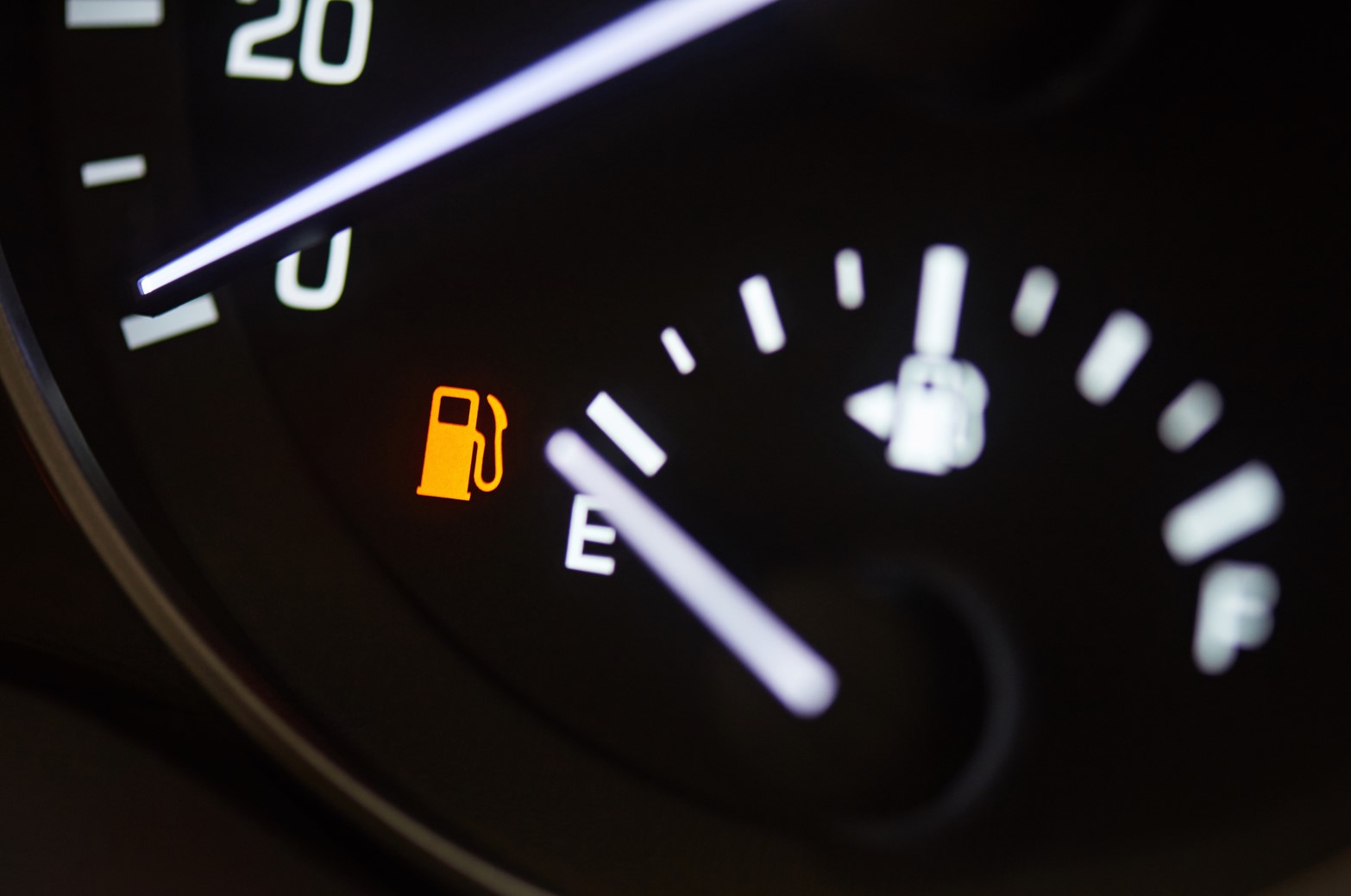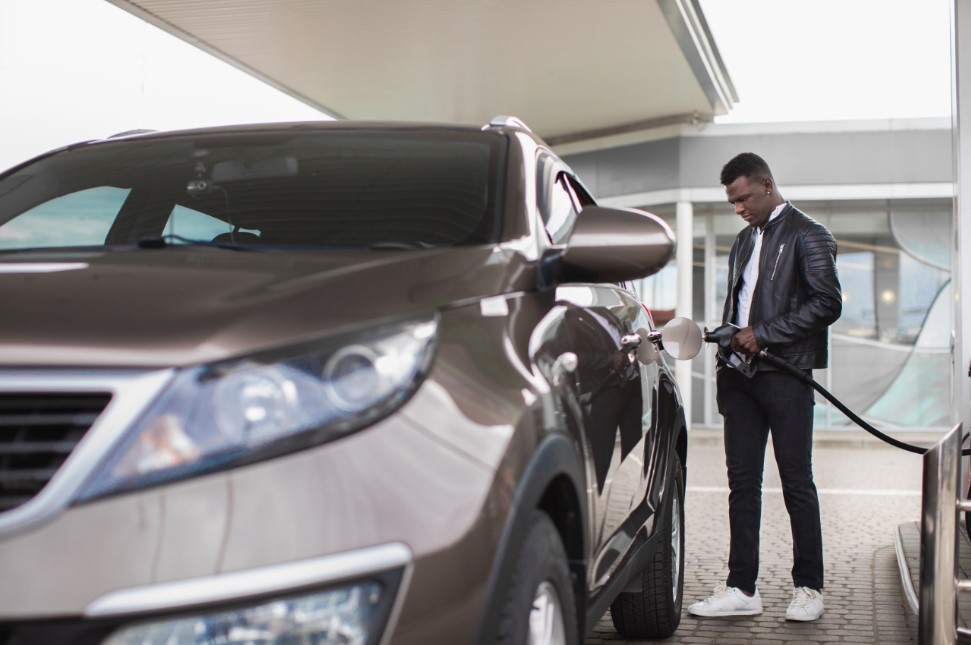
Running on Empty: When is the best time to fill up your tank?
When I first started driving at sixteen, I was fortunate to have a vehicle with two gas tanks that I could flip between if one was getting low. My truck, a 1984 GMC Sierra, did not have the most accurate fuel gauge and most definitely wouldn’t tell me how many miles I had to go before my tank was empty. I would manually calculate my gas mileage and figure out how far I could travel until I needed to refuel. On a couple of occasions, I actually did run out of gas before my guesstimated miles-to-empty was reached, but I had a second tank of gas that I could quickly flip to and continue on my way (of course, to the closest gas station). Fortunately, my truck also had a mechanical fuel pump that would not break down when the vehicle was low or completely out of gas.
Much has changed on vehicles since this time, including the fuel pump, more accurate fuel gauges, and the ever-present miles-to-empty readings. In our shop, we frequently have vehicles coming in with less than one-quarter of a tank of gas, which can actually be quite detrimental to your vehicle’s electric fuel pump. The newer fuel pumps are cooled by gasoline in the fuel tank, and when they get too hot because the vehicle is out of gas, they can easily break and send contaminates into the rest of the fuel system, which can equate to very costly repairs.
Another driver experience improvement, the miles-to-empty reading, is actually much less accurate than drivers may realize. AAA recently conducted a study of sixteen different vehicles, and they found that every single vehicle in the study underestimated the miles-to-empty readings between 6 and 55 miles (AAA Explorer, Jan/Feb/March 2022). Quite a few vehicles also overestimated and underestimated their fuel economy.
This research supports that the variability and inconsistency seen on the miles-to-empty and miles-per-gallon readings is reason enough to not base your tank refills on these numbers. We recommend refueling when your gas gauge is to the one-quarter mark, allowing you enough gas in the event of an emergency or supply chain issues. This will also keep your electric fuel pump lubricated and cooled with gasoline at all times, helping to reduce the likelihood of the pump going bad.
If you have any concerns regarding your fuel economy, give us a call so we can answer any questions you may have, or schedule an appointment here.

[1].jpg)
Sunwash-Tech-with-Customer.jpg)




